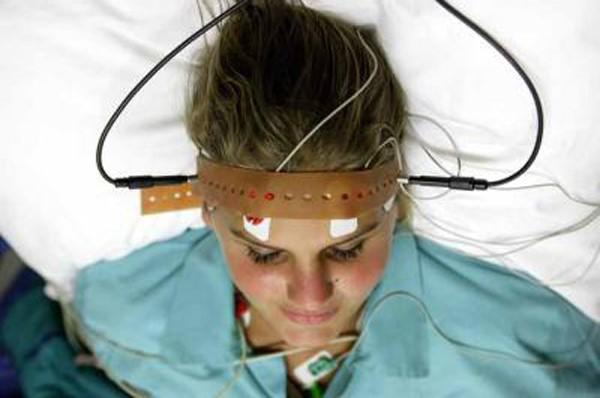When thinking about modern medicine as part of mental health treatment, many fail to recognize or remember the important, effective role of electroconvulsive therapy (ECT). Most remember seeing the images of shock therapy being used in a painful, near-torture manner in dozens of Hollywood thrillers, but it actually has been shown to be incredibly effective in the treatment of many mental health disorders. Before concluding that ECT is an outdated treatment for mental health problems, consider how ECT works, what it has been shown to effectively treat, and the current state of ECT for mental health treatment.
How does ECT Work?
In most cases, a licensed medical practitioner performs ECT in a hospital setting under general anesthesia. This enables the person receiving the treatment to experience the benefits of shock therapy, another common term for ECT, without the negative effect of pain.
After the electrodes have been attached to the scalp, a small electric current will be passed through the brain, which results in a seizure. In most cases, the seizure lasts approximately 40 seconds. However, the general anesthesia prevents the seizure from extending the full scope of the body and only minor twitching in the feet or hands is exhibited during the seizure.

What does ECT Treat?
According to Barbara Baugh of the Psychology Department at Vanderbilt University, ECT has been proven to be successful in treating depression in those who do not respond to treatment with medications and psychotherapy. ECT is also used to treat depression in patients experiencing psychotic symptoms, such as hallucinations or delusions. Furthermore, it can be an effective, safe alternative treatment for pregnant women enduring depression, as antidepressant medications can be dangerous to an unborn child. Some antidepressants have significant side effects for certain people and ECT is an alternative treatment to medications and psychotherapy.
ECT has also been used to treat mania, catatonia and psychosis. Psychosis can occur as a result of many mental health disorders including illicit drug abuse or alcohol abuse. As such, ECT may be an effective treatment for those suffering from a dual diagnosis, which is the diagnosis given to someone who has both a substance abuse disorder and another mental health disorder.
Risks of ECT
ECT became a popular form of mental health treatment during the 1930s according to the National Library of Medicine. Unfortunately, the amount of electricity used often resulted in severe burns, memory loss and even death, which has given rise to the common fears about ECT treatment today.
Modern ECT uses the least amount of electricity necessary to induce a seizure, which results in burn-free treatment and intact memory. Although the health risks of ECT have changed dramatically since its introduction to the mental health field, it can still cause a few side effects. Some patients may experience slight confusion upon awakening from the procedure, headache, changes in blood pressure, slight memory loss, muscle fatigue, nausea or increased heart rate. Since ECT involves the use of an electrical current, patients with heart conditions or other health concerns, such as an implanted pacemaker, need to fully understand the risks of ECT. Depending upon the severity of the coexisting medical condition, ECT may not be a safe solution for those with such medical conditions.
Use of ECT Today
ECT treatment has been studied and used extensively in other countries around the world, especially in the United Kingdom. However, its use in the U.S. remains a debatable topic as some states are not required to monitor its use. CNN estimates that up to 100,000 Americans receive ECT in any given year. The Food and Drug Administration monitors the sale of ECT machines, and the issue over whether to strengthen the regulations continues to evolve with each passing year. Although the history of ECT may sound frightening, it has helped thousands overcome the severe symptoms of many mental health disorders. As more research and statistics on the safety of ECT are gathered around the globe, it will definitely be considered as one of the available options for an effective mental health treatment plan.










Comments are closed.